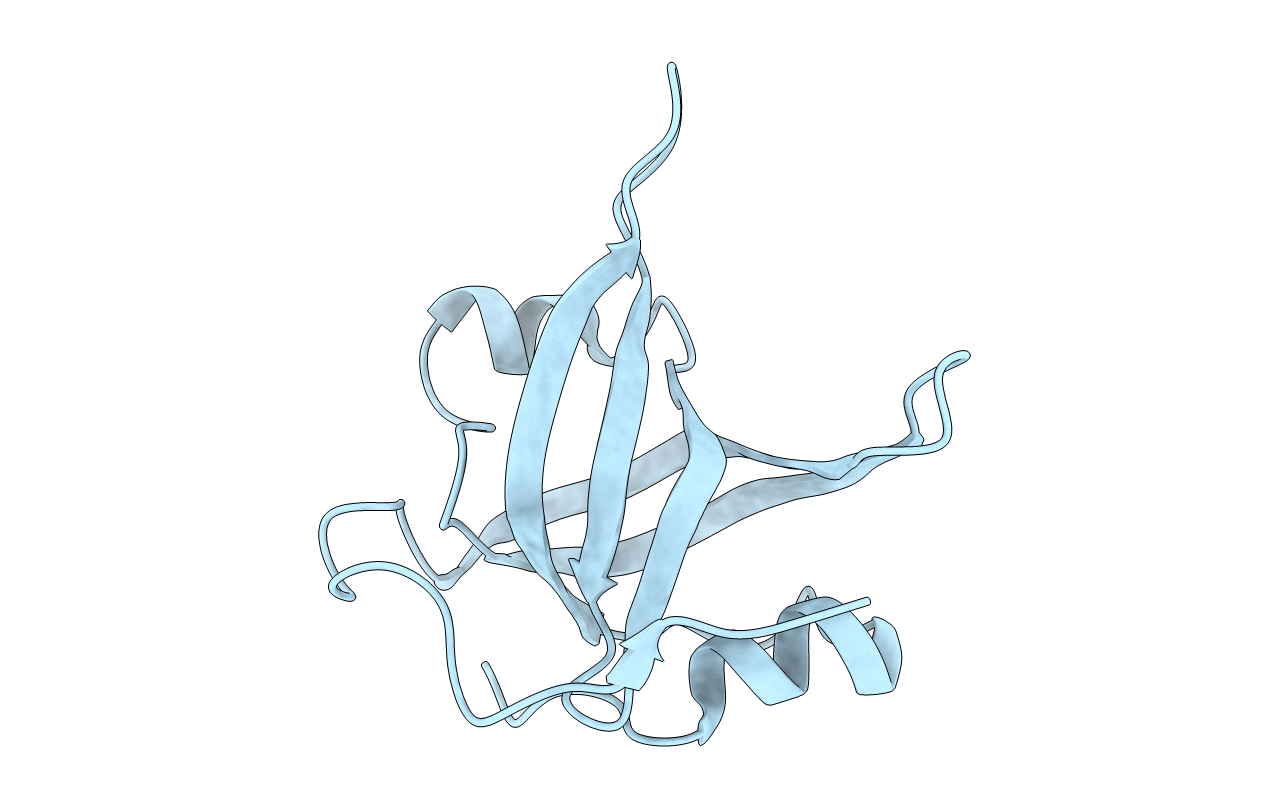
Deposition Date
2005-09-18
Release Date
2005-10-04
Last Version Date
2024-02-14
Entry Detail
PDB ID:
2B29
Keywords:
Title:
N-terminal domain of the RPA70 subunit of human replication protein A.
Biological Source:
Source Organism:
Homo sapiens (Taxon ID: 9606)
Host Organism:
Method Details:
Experimental Method:
Resolution:
1.60 Å
R-Value Free:
0.26
R-Value Work:
0.21
R-Value Observed:
0.22
Space Group:
P 61


